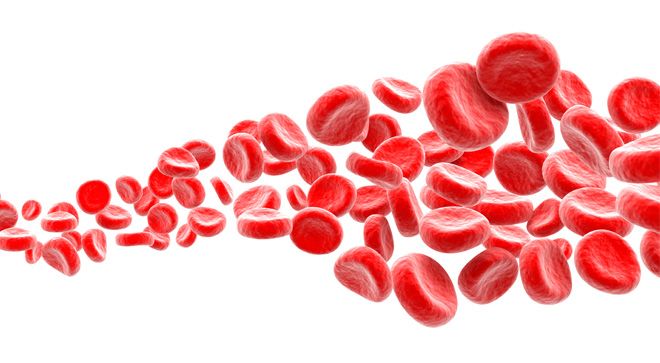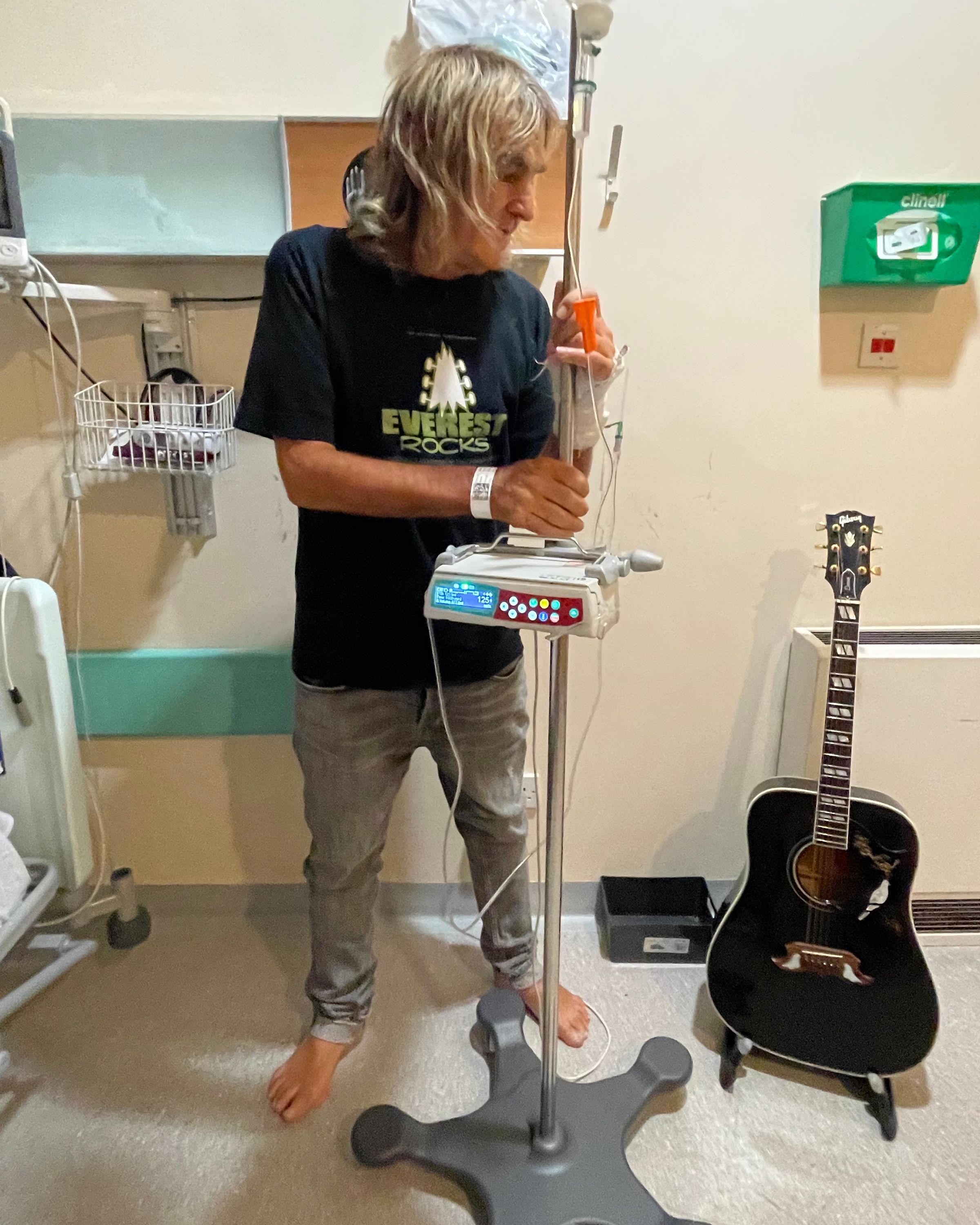Video
Risk Factors in Developing Waldenstrom Macroglobulinemia
Transcript:
Steven P. Treon, MD, PhD: One of the most interesting questions we’re often asked is, What are the risk factors that can cause Waldenström macroglobulinemia? And I think it’s really important to know that this is a disease that has a high hereditary basis. In fact, up to 25 percent of all patients may have either a first- or second-degree relative with either Waldenström macroglobulinemia, because we do see in families just Waldenström macroglobulinemia running through multiple generations, or other types of B-cell malignancies, including CLL [chronic lymphocytic leukemia].
We see other types of lymphomas as well as multiple myeloma. For this reason, we believe that in many patients there is really a hereditary or genetic basis. But in the other 75 percent of patients who don’t have this kind of hereditary background, there’s been a lot of speculation about rheumatoid diseases possibly predisposing. We know, for instance, people that have Sjögren syndrome, which is an autoimmune disease, have a very high likelihood or predisposition to Waldenström macroglobulinemia. So, this has also been discussed. And chronic infections potentially might also be at the heart of some of these cases. But in reality, the genetic basis for those patients remains to be discovered.
So monoclonal gammopathy of undetermined significance or unknown significance, or MGUS, is a precursor state to Waldenström macroglobulinemia. We believe now that almost all patients go through this phase. This is where the IgM monoclonal protein can be detected in the blood, but if you go searching for the disease in the bone marrow, for instance, you’re not going to find it. If you use cleverer molecular technologies like looking for the MYD88 mutation or use flow cytometric analysis, you might start seeing that those cells are there. But at least under the microscope, because a pathologist would be working to look at for evidence of disease, one wouldn’t find it.
And this is what is considered MGUS: to have the IgM protein without really pathological evidence of the disease. These are usually patients whose course is not well known. If it’s a patient that has MGUS, the probability that they will revert to some type of malignant condition is somewhere around 2 percent per year. And so, if the patient lives with this long enough, they may end up developing a malignant entity. But since this is also a manifestation of older people, most patients with MGUS will never really see that happen in their lifetime.
When one discusses Waldenström Macroglobulinemia, one has to keep in mind that there can be an ethnicity impact. We tend to see an increased number of cases among individuals of Ashkenazi Jewish descent. We also very, very, very rarely see it in African-Americans, for instance, and this is interesting because when you look at multiple myeloma, it’s exactly the opposite. And there have been some very elaborate studies that have looked at people whose descendancy comes from West Africa compared with Caucasians. And in fact, igM MGUS, the precursor state of Waldenström macroglobulinemia, is very, very rare among people of West African descent, and this might be one of the reasons why we see ethnic and racial differences.
Transcript Edited for Clarity




